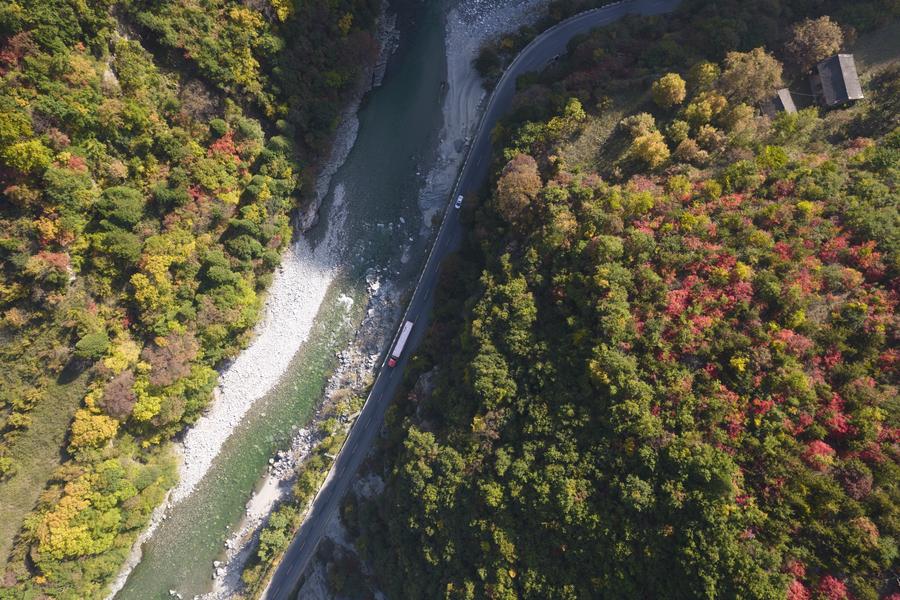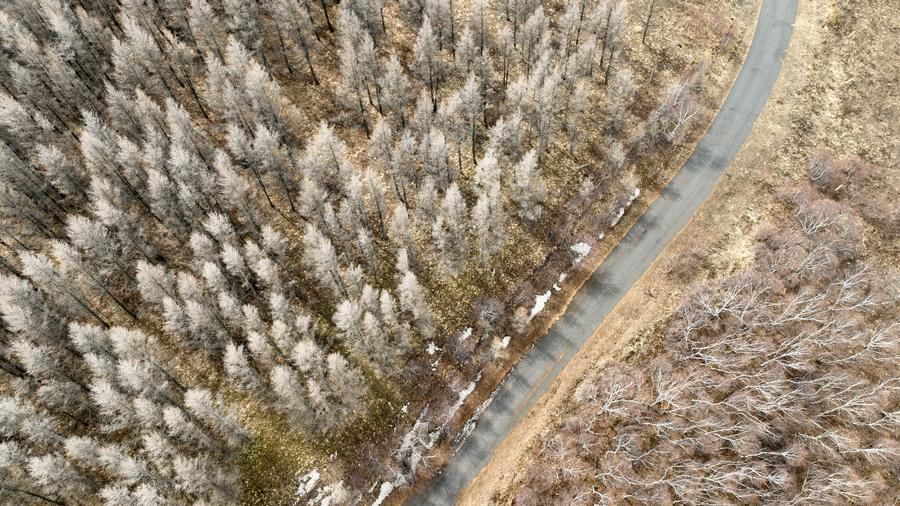
PARIS - UNESCO has designated 26 new biosphere reserves in 21 countries, including two in China, bringing the world network of biosphere reserves to 785 sites across 142 countries, the organization announced Saturday.
The new Chinese sites are the Daqingshan Biosphere Reserve in Inner Mongolia autonomous region and the Zhouzhi Biosphere Reserve in Shaanxi province.
ALSO READ: Global cooperation key to biodiversity conservation
Covering nearly 3,900 square km in the central Yinshan Mountains, Daqingshan is the richest biodiversity hotspot in the region. The reserve is home to nearly 1,200 higher plant species, 300 vertebrate species, and 1,800 arthropod species.
Zhouzhi Biosphere Reserve, spanning 690 square km on both the northern and southern slopes of the Qinling Range, is 96 percent forested and rises to 2,904 meters above sea level. Its striking vertical vegetation zones shelter more than 3,630 species of wild flora and fauna, including the Qinling Panda, Golden Snub-nosed Monkey, and Golden Takin.

Among the countries gaining new designations, Angola, Djibouti, Equatorial Guinea, Iceland, Oman and Tajikistan each received their first biosphere reserve. Sao Tome and Principe became the first nation to have its entire territory recognized as a biosphere reserve.
UNESCO describes biosphere reserves as "learning places for sustainable development" that integrate biodiversity conservation with sustainable use of ecosystems.


